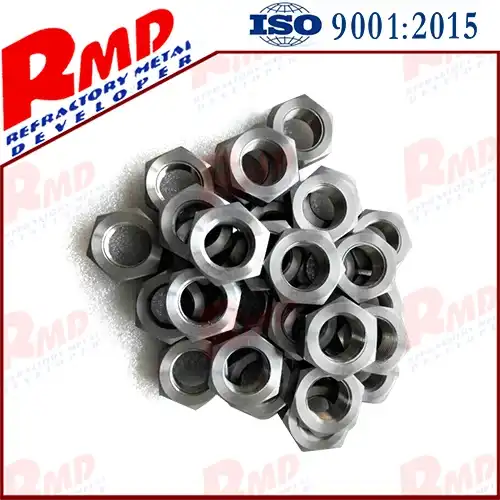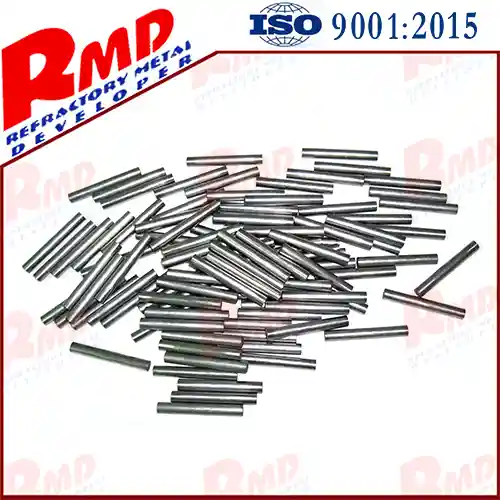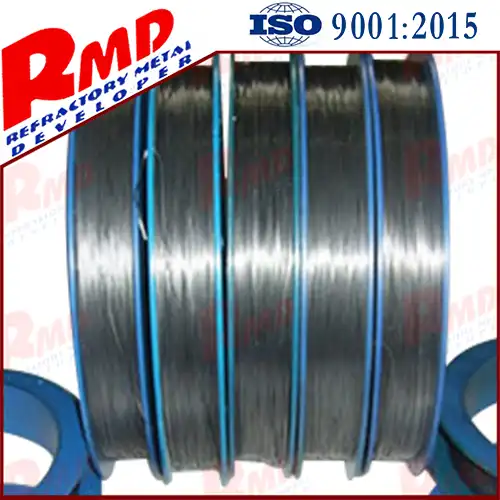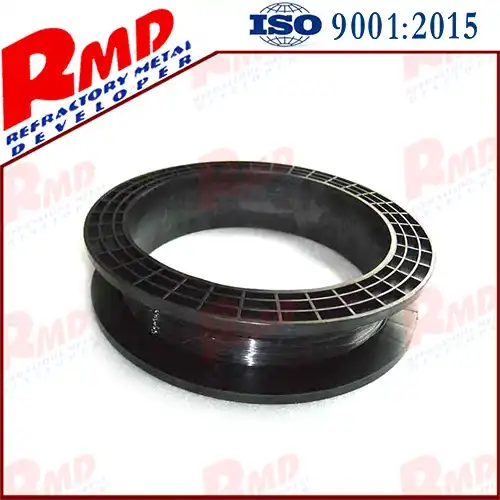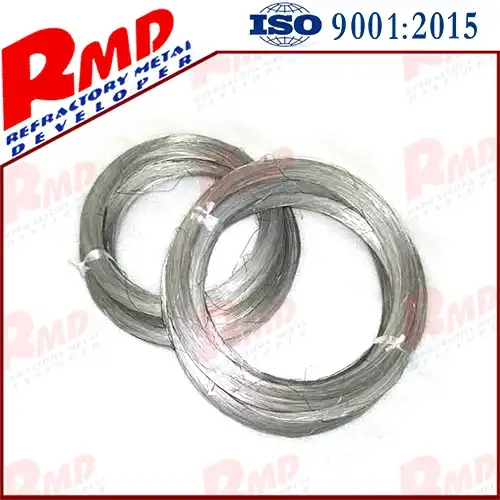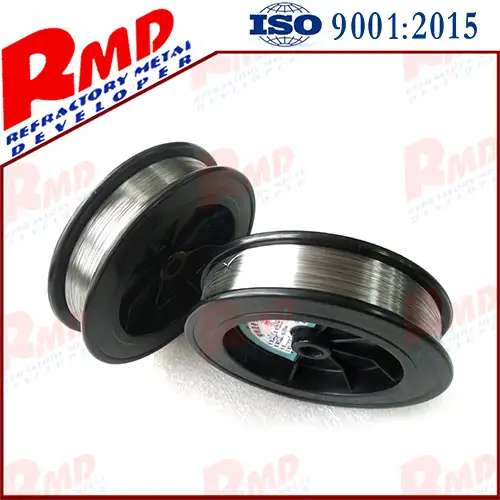- English
- French
- German
- Portuguese
- Spanish
- Russian
- Japanese
- Korean
- Arabic
- Greek
- German
- Turkish
- Italian
- Danish
- Romanian
- Indonesian
- Czech
- Afrikaans
- Swedish
- Polish
- Basque
- Catalan
- Esperanto
- Hindi
- Lao
- Albanian
- Amharic
- Armenian
- Azerbaijani
- Belarusian
- Bengali
- Bosnian
- Bulgarian
- Cebuano
- Chichewa
- Corsican
- Croatian
- Dutch
- Estonian
- Filipino
- Finnish
- Frisian
- Galician
- Georgian
- Gujarati
- Haitian
- Hausa
- Hawaiian
- Hebrew
- Hmong
- Hungarian
- Icelandic
- Igbo
- Javanese
- Kannada
- Kazakh
- Khmer
- Kurdish
- Kyrgyz
- Latin
- Latvian
- Lithuanian
- Luxembou..
- Macedonian
- Malagasy
- Malay
- Malayalam
- Maltese
- Maori
- Marathi
- Mongolian
- Burmese
- Nepali
- Norwegian
- Pashto
- Persian
- Punjabi
- Serbian
- Sesotho
- Sinhala
- Slovak
- Slovenian
- Somali
- Samoan
- Scots Gaelic
- Shona
- Sindhi
- Sundanese
- Swahili
- Tajik
- Tamil
- Telugu
- Thai
- Ukrainian
- Urdu
- Uzbek
- Vietnamese
- Welsh
- Xhosa
- Yiddish
- Yoruba
- Zulu
Application Status And Prospect Of Titanium Alloys In Marine Engineering
2024-01-05 18:00:06
Introduction
Accounts for about 71% of the earth's surface area is rich in Marine resources, Marine, the use of the ocean, let sea become a source of great wealth to us, it has become one of the direction of the efforts for many years. But seawater is corrosive because it contains about 3.5 percent salt. In addition, some biological pollution in the ocean accelerates corrosion.
Accounts for about 71% of the earth's surface area is rich in Marine resources, Marine, the use of the ocean, let sea become a source of great wealth to us, it has become one of the direction of the efforts for many years. But seawater is corrosive because it contains about 3.5 percent salt. In addition, some biological pollution in the ocean accelerates corrosion.
Titanium is a kind of material with good physical properties and stable chemical properties. Titanium and its alloys have high strength and small specific gravity, and are resistant to seawater corrosion and ocean atmosphere corrosion. After years of efforts of titanium industry personnel and Marine engineering application researchers, titanium has been widely used in the fields of offshore oil and gas development, harbor construction, coastal power station, seawater desalination, ships, Marine fisheries and Marine thermal energy conversion. Nowadays, ocean engineering titanium has become one of the main fields of civil application of titanium.
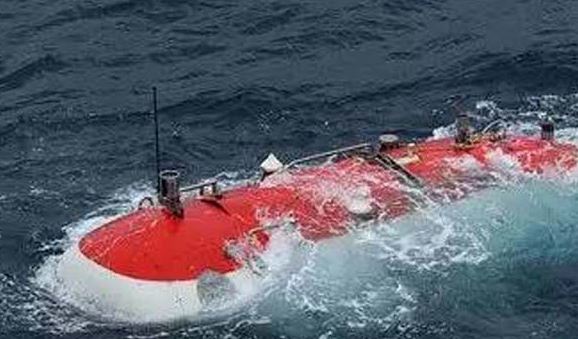
Application status
1.The Marine oil and gas development
Oil is the economic lifeline of a country. The world is estimated to have 300 billion tons of recoverable oil reserves, including about 130 billion tons of undersea oil reserves. The development of oil under the sea began in the early 20th century. Its development has experienced from offshore to the open sea, from shallow to deep sea process. Restricted by technical conditions and materials development, initially only mining directly from the coast to the shallow sea oil and gas deposits. Since the 1980s, under the stimulation of energy crisis and technological progress, the offshore oil exploration and development has developed rapidly, and the offshore oil development has advanced rapidly to the continental shelf, gradually forming a brand-new offshore oil industry sector. The offshore drilling platform is the working base for the exploration and exploitation of seabed oil and gas. Offshore oil exploitation equipment mainly includes oil production platform and auxiliary equipment, which includes crude oil cooler, oil riser, pump, valve, joint and fixture, etc. These devices are in contact with sulfide, ammonia, chlorine and other media in seawater and crude oil. Because of titanium's excellent corrosion resistance in these media, the United States used titanium offshore oil platform pillars in its oil fields in the early 1970s, and used titanium to make tubular and plate heat exchangers. Titanium tube heat exchangers use seawater as a cooling medium to cool the high-temperature vapor/oil mixture pumped from the well. The titanium plate heat exchanger also USES seawater as the cooling medium to cool the fresh water of the crude oil in the carbon steel heat exchanger. The United States USES about 100 titanium heat exchangers on north sea oil RIGS. The titanium components ordered by huntin oilfield services in Aberdeen, Scotland, are said to be the world's first high pressure titanium vertical pipe shaft for the Heidrum project in Norway by continental petroleum corporation (Conoco).
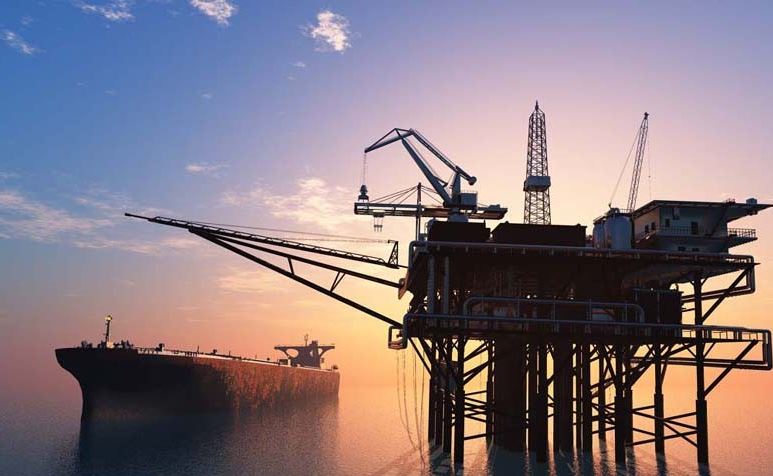
The petro titanium drilling pipe has a long service life. Its weight is only half that of stainless steel, but its flexibility is twice that of stainless steel, and its service life is 10 times that of steel. These excellent properties make titanium an excellent material for drilling difficult near-circular, deep Wells. Containing titanium drill pipe combination of drilling tools can greatly reduce drilling time, lower drilling cost. American companies GrantPrideco, RTI energy systems and Torch drilling services first used titanium drilling pipes for industrial applications in 2000. GrantPrideco and RTI energy systems produce and supply titanium drilling pipes with GrantPrideco fatigue resistant steel tool joints. This joint is lightweight, flexible, and can make titanium drilling pipe strong and strong.
Water is a necessary part of submarine oil pipeline system, as a result of titanium in sea water with high corrosion resistance, its service life of steel is 10 times, therefore, the cost of titanium pipe compared with Cu Ni system is economical. American active metal corporation and precision tube technology corporation have established a titanium tube technology company to produce a large diameter titanium alloy tube. This alloy is used by Ti - 3-2.5 V alloy, diameter is 650 mm, thickness is 22 ~ 25 mm, length of 350 m, 80 ~ 90 t, a pipe plan for offshore oil drilling. Another U.S. company has extruded nearly 500 megabytes of seamless titanium alloy tubing -- 15 meters in length, 600mm in diameter and 25mm in wall thickness -- into a shaft that has been used on an offshore rig. It is claimed that the weight of the shaft pipe can be reduced by half, which greatly reduces the ballast cost. In addition, it has high fracture toughness and long fatigue life.
According to data reports, the amount of titanium used in floating body devices and submarine fixtures in the us north sea oilfield development project has increased. The requirements for titanium for 24 floating body devices on board ships and 64 submarine fixing devices are: safety protection device 50 ~ 100t, connection device 50 ~ 100t, general lifting equipment 400 ~ 1000t, drill pipe 1400 ~ 4200t. The corrosion of structural parts caused by biological contamination of offshore oil platforms is so severe that a company in the United States has used long sleeves made of titanium pipe to protect the parts of the platforms.
In the past few years, the use of titanium alloy components in oil drilling and offshore production operations has increased significantly. Titanium alloy parts can make drilling into deeper waters and the deeper the well, including higher temperatures and severe corrosion (salty) production environment.
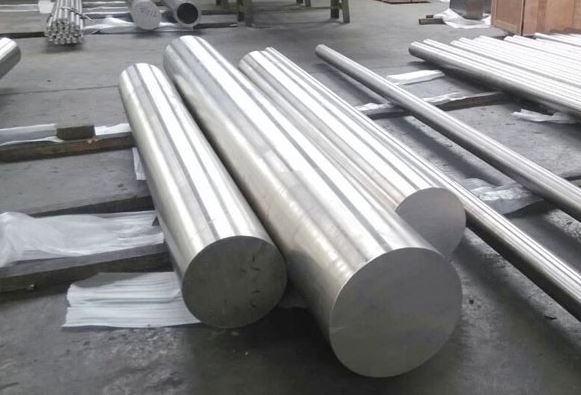
For this kind of applications, from the comprehensive performance, TC4 titanium rods (Ti - 6, 4 v) alloy is the most applicable, and the lowest cost. Seawater piping system is an indispensable part of seabed oil exploitation. Due to the high corrosion resistance of titanium to seawater, its service life is 10 times that of steel system. Therefore, the cost of titanium piping system is cost-effective compared with cu-ni system. American active metal corporation and precision tube technology corporation have established a titanium tube technology company to produce a large diameter titanium alloy tube. This alloy is used by TA18 (Ti - 3 al - 2.5 - V) alloys, diameter is 650 mm, thickness is 22 ~ 25 mm, length of 350 m, 80 ~ 90 t, a pipe plan for offshore oil drilling. Another U.S. company has extruded nearly 500 megabytes of seamless titanium alloy tubing -- 15 meters in length, 600mm in diameter and 25mm in wall thickness -- into a shaft that has been used on an offshore rig. It is claimed that the weight of the shaft pipe can be reduced by half, which greatly reduces the ballast cost. In addition, it has high fracture toughness and long fatigue life.
Practice has proved that Ti 6 al 4 v alloy (Gr. 5 _tc4) is the best material, drilling pipe as drilling applications, yield strength and fatigue strength is one of the most important, therefore, two kinds of special low clearance elements of Gr. 5 alloy is suitable for the more critical dynamic lifting device. Gr29 alloys containing ruthenium are used to prevent crevice corrosion or stress corrosion at temperatures exceeding 75 ~ 80℃. The most commonly used components include offshore drilling hoist, drill pipe, tapered stress joint (TSJ) and titanium/steel hybrid hoist.
Titanium pumps, valves, joints, fasteners, fixtures and spare parts and other small titanium parts have been widely used in oil production platforms. Titanium alloy is also widely used on the shell of foreign offshore oil exploration logging instruments.
2. Harbor buildings
Titanium material has a layer of oxide film thickness not exceeding 10nm on its surface, which is very stable in corrosive environment and has excellent corrosion resistance to air, sea water and Marine environment. It is currently the most suitable raw material for all kinds of Marine environment. Japan vigorously carried out Marine development, such as the bridge from Japan to shikoku, Tokyo bay across the road, kansai airport, floating oil storage base and so on. The most suitable material was found in the exposure tests conducted by the construction ministry and the steel club of Japan on the ocean surface of big igawa, as well as the investigation reports of various anti-corrosion and exposure tests conducted by the transport ministry and the steel pipe pile association on the shore bridge of wave castle. In addition to excellent anticorrosive properties, titanium also has the advantages of few dissolved ions in seawater, no toxicity, and no need to worry about environmental pollution. Japan has also built a super-large floating Marine structure, using titanium steel composite materials in the erosion area; The splash-proof torques of titanium piers, each of which has a titanium content of 0.9t, were used in the construction of the bridge across the highway in Tokyo bay. Large floating ocean buildings already in use or planned include airports, harbor logistics bases, sports facilities and more.
3.Coastal power stations
The comprehensive utilization of seawater is one of the most important projects in Marine engineering. Titanium used in coastal power stations is mainly used in condensers. Due to the condenser cooling water is made with sea water, sea water contains large amounts of silt, suspended material, sea creatures, and all kinds of corrosive materials, in the pale salt water in the sea and the river changes is more serious. The traditional condenser is made of copper alloy tube, which is often seriously damaged due to various corrosion in seawater. Titanium has good corrosion resistance in seawater, especially in polluted seawater.
4. Desalination plant
Water is the source of life. At present, the lack of water resources has become a problem plaguing the whole world. About 25 percent of the world's population does not have adequate drinking water. The terrestrial rivers and groundwater resources in the world are far from meeting the needs of industrial development. Therefore, seawater desalination will be an effective method to solve the freshwater resources in the future.
From the development of seawater desalination at home and abroad, there are mainly two methods: distillation and reverse osmosis. The former heats sea water to vaporize it and condenses the steam to get fresh water. In the latter case, seawater is pressurized so that its fresh water is trapped by salt through a special membrane. Early desalination plants used copper alloy, carbon steel and other materials, because these materials are not resistant to seawater corrosion, low production efficiency, quickly replaced by the excellent seawater corrosion resistance of titanium. The main application of titanium in seawater desalination is the heater heat pipe. The main producers of desalination plants are the United States and Japan. By 2004, the world has been built and under construction desalination device has more than 15000 units, nissan fresh water about 32 million tons. Japanese companies build a nissan 30000 tons of fresh water distillation device for Saudi 10 sets, using titanium pipe 3200 tons, the average nissan 10000 tons of device, need 107 tons of titanium.
China's tianjin, shandong and other places have built or under construction desalination plants. For example, the initial plan for desalination in tianjin is to produce 500,000 tons of fresh water per day by 2007 and 700,000 tons by 2010. About 250 tonnes of titanium are expected to be used in desalination projects in tianjin and ShanDong.
5. The ship
Titanium and its alloys are corrosion resistant in seawater and Marine atmosphere, with light specific gravity, high strength, impact resistance, no magnetism, sound transmission and small expansion coefficient, and are considered as good Marine materials. In recent years, the application of titanium in ships has attracted much attention. Many navies and shipbuilding industry attach great importance to the application of titanium in ships and develop many kinds of ship titanium alloys. Titanium and its alloys are widely used in ships, such as hull structural parts, deep-sea survey ships and submarine pressure-resistant shells, pipes, valves, rudder, shaft brackets, accessories, propellers and propeller shafts in power drive devices, heat exchangers, coolers, hull sonar cowls and so on.
The first use of titanium in ship hull was the Soviet union's α class submarine. Titanium was then used in deep sea research and deep-sea assistance submarines, either manned or unmanned. Industrial pure titanium for general structural parts and ti-6al-4v alloy for pressure vessels. According to data reports, titanium for hull structure can not only reduce the weight of the hull itself and increase the effective load weight, but also reduce maintenance and extend the service life of the ship. Aluminum alloy, mild steel and other hull structural materials, generally 10 years to maintain, and titanium almost no need to maintain repair, life can also be extended from the general about 20 years to 30 ~ 40 years.
Titanium and its alloys are corrosion resistant in seawater and Marine atmosphere, with light specific gravity, high strength, impact resistance, no magnetism, sound transmission and small expansion coefficient, and are considered as good Marine materials. In recent years, the application of titanium in ships has attracted much attention. Many navies and shipbuilding industry attach great importance to the application of titanium in ships and develop many kinds of ship titanium alloys. Titanium and its alloys are widely used in ships, such as hull structural parts, deep-sea survey ships and submarine pressure-resistant shells, pipes, valves, rudder, shaft brackets, accessories, propellers and propeller shafts in power drive devices, heat exchangers, coolers, hull sonar cowls and so on.
The first use of titanium in ship hull was the Soviet union's alpha class submarine. Titanium was then used in deep sea research and deep-sea assistance submarines, either manned or unmanned. Industrial pure titanium for general structural parts and ti-6al-4v alloy for pressure vessels. According to data reports, titanium for hull structure can not only reduce the weight of the hull itself and increase the effective load weight, but also reduce maintenance and extend the service life of the ship. Aluminum alloy, mild steel and other hull structural materials, generally 10 years to maintain, and titanium almost no need to maintain repair, life can also be extended from the general about 20 years to 30 ~ 40 years.
Japan Marine titanium alloy research fruitful in deep-sea survey, in the "6500" deep can accommodate three operators in the withstand voltage of storehouse almost all USES the titanium alloy material. This is the result of the kobe shipbuilding factory director time trying to mitsubishi heavy industry. Submarines use a large amount of titanium. For example, a nuclear submarine with a depth of 900m can use as much as 3,500t.
6. Marine fisheries
According to reports, Japan's fishing industry has changed from fishing to fish breeding, with lionfish, flounder and eel being raised artificially. Titanium mesh and titanium tube heat exchanger which maintains a certain temperature of sea water are widely used in artificial culture. Artificial cultivation of grouper has been realized in coastal areas of fujian, China.
7.Ocean thermal energy conversion
The ocean contains huge amounts of energy, such as tidal energy, wave energy, temperature difference energy, ocean current energy, salt difference energy and so on. With the increasing shortage of energy in the world, people will be more interested in the exploitation and utilization of Marine energy. Thermal and tidal power projects have been studied and developed. Thermoelectric power generation is based on the principle that ammonia or freon will be vaporized by seawater with higher ocean surface temperature to drive turbines to turn and generate electricity, and then the vaporized ammonia or freon will be cooled by low-temperature seawater in deep ocean to form a continuous cycle of thermal engine system.
The main equipment of temperature difference power generation is evaporator, condensate and seawater straw, loop, etc., the requirement of the equipment not only to corrosion resistance, but also to ammonia and fluorine corrosion, titanium and its alloy not only has good corrosion resistance to seawater, but also to ammonia and fluorine corrosion, so titanium is the most ideal material.
Titanium tube evaporators and condensers have been used in thermoelectric power stations in the United States and Japan, and good results have been achieved.
Prospects
As an emerging civil market of titanium, Marine engineering has developed rapidly in recent years. With the further intensification of the world energy crisis, countries around the world will invest a lot of manpower and material resources to explore the seabed oil resources and other mineral resources; In the global trend of increasing shortage of fresh water, various coastal countries will use seawater to make fresh water. Moreover, the naval equipment competition of each military power is increasingly fierce and so on, these cannot do without titanium and titanium alloy material. Therefore, titanium and its alloys will be more and more widely used in Marine engineering. It is expected that titanium used in ocean engineering is expected to become a large application market of titanium.
